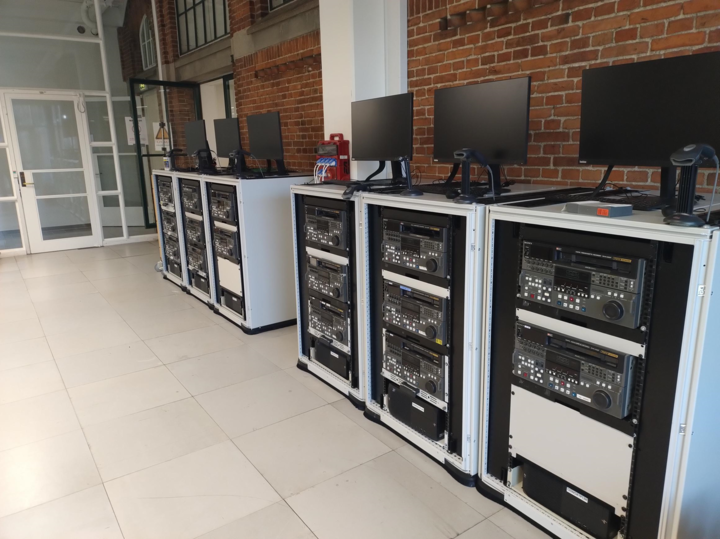Remote strategies
Yes, I’m refering to COVID-19. In order to adapt to the new reality we had to change the way we operate. Instead of having someone physically install the servers, for example, we had to create simple instructions of what, where and how to connect them for the local SBA engineers. Instead of onsite training on the new system, we had to shift to remote training. And, instead of onsite acceptance tests, we began carrying out remote acceptance tests using many cameras.Now months into this health crisis, there is a recurrent question in my mind. It is: “Did the remote process help or hinder our day-to-day operations?”
My answer may surprise you but here it is: We think that by applying these new remote strategies, the project as a whole was a great success. We surpassed — by far — our already high quality of documentation and delivery. And staff, on both sides of the project, had the chance to be fully attentive home-based engineers — despite of course the rare moments where the internet connection was frustratingly slow. Though overall we were able to meet the pre-agreed timetable.
Thus, when we analyze the situation clearly, we realize that the restrictions introduced by COVID-19 have created new opportunities and a new way of working online and remotely.
You all know about our love for AV archives. Well the archived content has gained an extraordinary value in this time of physical restriction by filling the gaps in the content production processes. During COVID-19 times up to 30% as we unofficially heard of broadcast content came from archives thanks to those who luckily had access to most of the legacy material. Is this a wake-up call for all those who never thought this way about archives?
Indeed this raises many questions and offers insight into how we’ll deliver our projects in the future. And frankly I believe that moving forward we can successfully and effectively carry out much of the work remotely, meaning less time onsite or at least less time than we previously believed necessary. I perceive that the establishment of a trend that was initiated by a need will provide more freedom of choice and a more efficient way of working in broadcast production.
Integration of AVID Interplay into NOA mediARC AAM system at several of its regional stations

SBA Disaster Recovery Overview
The Sharjah project was complex and required all our expertise in multiple-system connectivity. But even so, thanks to efficient remote application tools, we were able to successfully complete multisite project. Specifically we connected two sites and in doing so, we streamlined the entire workflow. For Sharjah, we united AVID to DIVA through mediARC in order for the network to transfer heavy AV files in just minutes. DIVAnet ensures they are replicated in one place and accessible by both sites. This is important for disaster recovery. The NOA mediARC controls the files that go directly to the DIVA archive, resulting in a more efficient (fast, secure, precise) way to guarantee multisite and continuous work sharing.
To give you context into the Sharjah Broadcasting Authority project, here are a few highlights:
- One centralised OAIS archive management repository for n-regionals and HQ
- Complete integration of regional AVID workstations and Interplay
- Archiving from AVID regionals (Masterclip, Sequences and Clips) towards NOA’s mediARC with one click
- Complete AVID bidirectional Interplay metadata integration
- Possibility to order from SBA HQ towards SBA Wousta AVID Interplay and vice versa
- Normalization toward OP1A with conform MXF headers
- Clustered four nodes of central mediARC database
- Complete second failover system: hot standby located 70 kilometers away
- DIVANet integration over two sites separated by 70 kilometers
- Partial File Restore integration for FFV1

